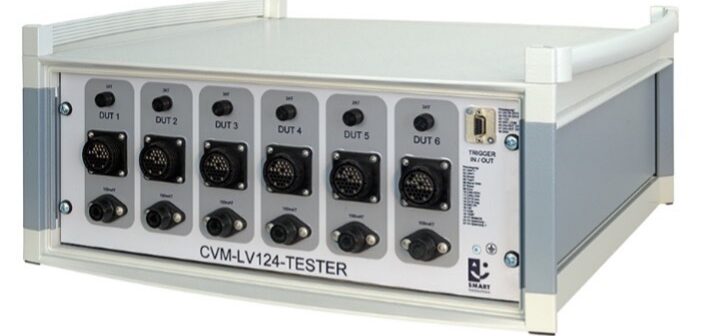The LV124 test standard covers test procedures for electrical and electronic components in passenger motor vehicles weighing less than 3.5 metric tons, and includes electrical tests, mechanical tests, climatic tests, and service life tests. Stuttgart-based measurement technology specialist Smart Test Solutions has released a new test and measurement unit that it says covers a large part of the tests specified in the LV124 standard.
The solution includes its Smart Test automation platform, comprising a library of standardized functionality modules, which the company states will be gradually expanded over time. The development of the test system and the associated software was triggered by a need to conduct LV124 testing of an in-house series of electronics developed for monitoring fuel cells.
In order to fulfil this specific task, the new test system has several special features. For example, a high-voltage power supply unit is integrated as a basis for high-voltage simulations, which can output up to 800V. There are also elements for safety and temperature monitoring. Furthermore, the system is optimized for a very high data throughput, which allows real-time observations.
“With the G5S [fuel cell], six DUTs with 170 channels each have to be observed in parallel. Each channel delivers one datum per millisecond. So there is a huge volume of data,” explained Wolfgang Neu, MD of Smart Test Solutions. “The most important feature of the LV124 tester is our Smart Flow test automation framework.”
This brings many standardized functionalities in its software library meaning a broad spectrum of the tests required in the LV124 are covered. The software is developed in Python, a widely used and universal programming language that is easy to read and learn. Ideally, states the company, a test designer does not have to code at all, but composes and parameterizes LV124-compliant test sequences or workflows from existing building blocks.
The architecture of Smart Flow is service-oriented, modular and therefore easily expandable as a framework. Furthermore, the software abstracts the device-specific communication with the devices connected to the tester and standardizes their programming interfaces. This facilitates the integration of new devices and enables the test designer to define workflows that usually require little or no adaptation after a device replacement.


